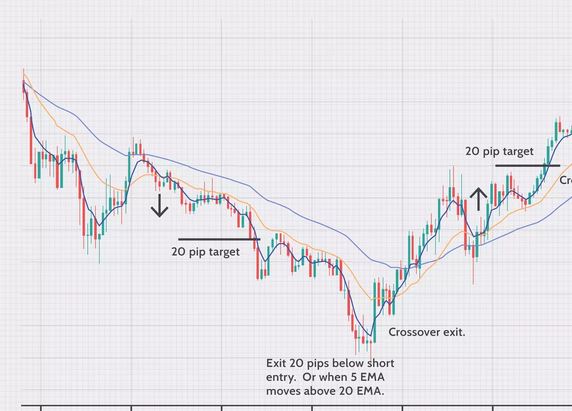In contrarian trading, traders aim to go against prevailing market trends. In this trading style, the assumption is that markets often exaggerate their reactions to news and events, resulting in a temporary mispricing of Forex markets. As a result, contrarian traders can profit from this situation when the market adjusts itself. This article discusses contrarian strategies in forex trading and shows how to execute them.

Contrarian Trading Defined
Contrarian trading predicts that an overextension of currency prices can result from collective behavior. Contrarian traders predict that most traders are wrong, and a market reversal is on the way when the majority are bullish and buying a particular currency pair. As a rule, contrarians will look for prime buying opportunities when the market is predominantly bearish.
Analyzing Contrarian Trading’s Rationale
There is a deep psychological component to contrarian trading. Emotional extremes, particularly fear and greed, often drive markets. News events, economic data releases, and even market rumors can cause these collective emotions to overreact. Overreactions can lead to short-term mispricing of currency pairs, creating opportunities for contrarian traders.
Key Contrarian Strategies in Forex Trading
Reversal trading and fading are two contrarian strategies in Forex trading.
Reversal Trading
The goal of reversal traders is to pinpoint the moment when the market will change direction, called the top or bottom. They anticipate a reversal because they believe the majority’s view is likely to be wrong at these market extremes. Technical analysis and sentiment indicators are essential to identifying these turning points.

Fading
Trading in the fading market is short-term trading against the trends. For example, a fader might sell if a currency pair is in an upward trend, predicting a temporary decline before the upward trend resumes.
Tools and Techniques for Contrarian Trading
To identify trading opportunities, contrarian traders use a combination of technical analysis and sentiment analysis. Below is a list of some of these critical tools:
Technical Analysis
Support and resistance levels, trendlines, and chart patterns can help you identify potential reversals. The Relative Strength Index (RSI) or Bollinger Bands indicate when a currency pair is overbought or oversold, signaling a market reversal.
Sentiment Analysis
Contrarian traders use sentiment evaluation to determine whether the market is likely to reverse. Sentiment is particularly important when it is overwhelmingly positive or negative, as these could indicate an impending market change.
Economic Indicators and News Events
Occasionally, major economic indicators and news events can trigger significant market reactions, resulting in an overreaction and creating an opportunity for a contrarian trader. However, trading in response to these events can be a high-risk strategy, so a well-planned trading strategy is essential.
Risks and Challenges of Contrarian Trading
It is risky to trade contrarianly. Markets can remain irrational for much longer than an individual trader can stay solvent – as famously stated by economist John Maynard Keynes. Effective risk management is paramount in contrarian trading since a market can continue trending in a particular direction longer than a contrarian trader anticipates, potentially leading to severe losses. When the price moves in the desired direction, traders should use take-profit orders to secure profits.
Technical analysis tools can provide valuable insights but are imperfect and should be used with other analysis methods to predict market reversals. Further, contrarian trading may require much patience since the market may take some time to recover, and there may be no immediate profit opportunities.
Conclusion
Trading contrarian is about understanding market psychology, using technical and sentiment analysis tools effectively, and adhering to disciplined risk management practices. A demo account is a good place to practice contrarian strategies before moving on to a live account. Those willing to swim against the current and withstand the emotional ebbs and flows of the market can reap rewarding returns when their contrarian strategies succeed.


